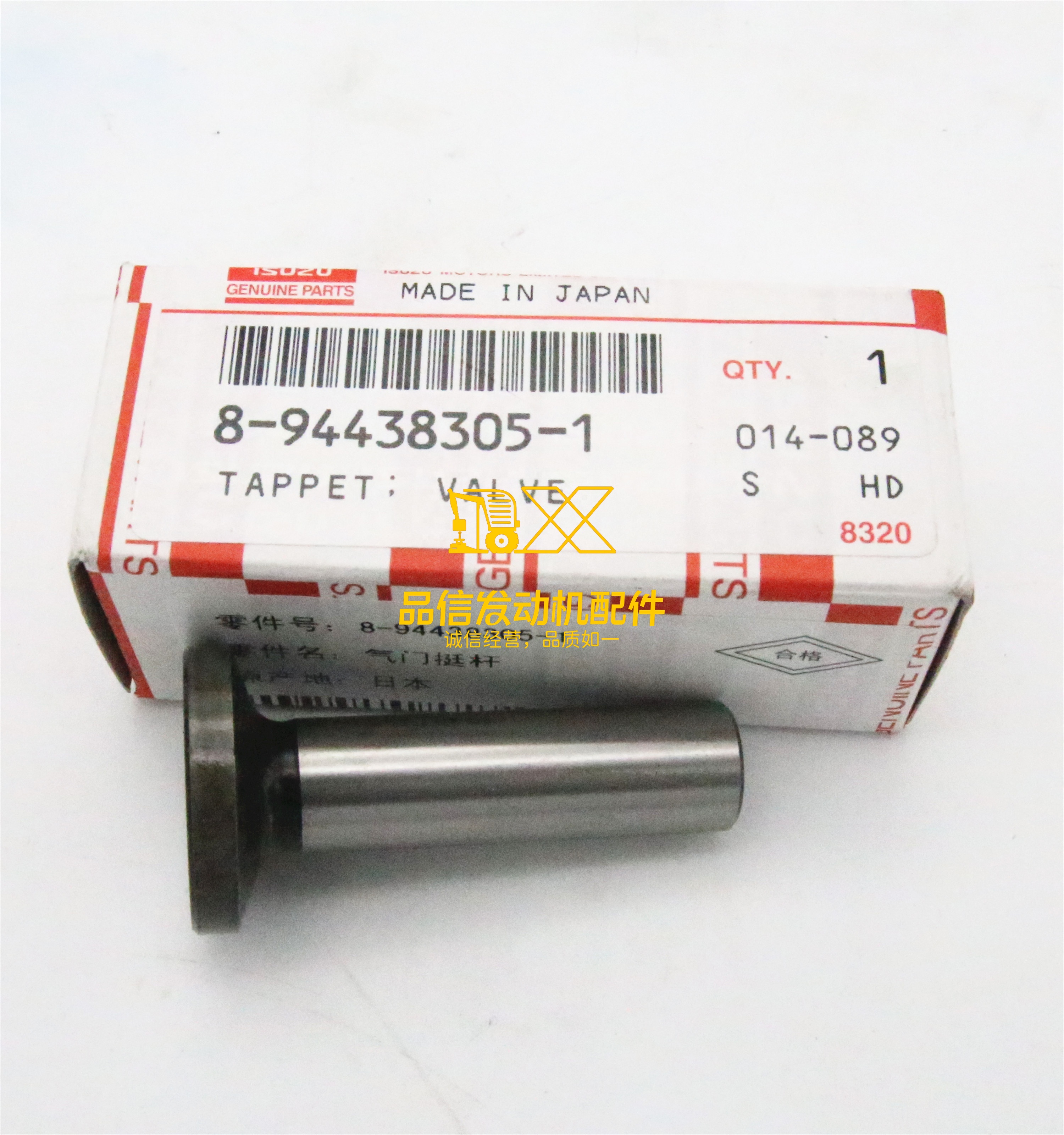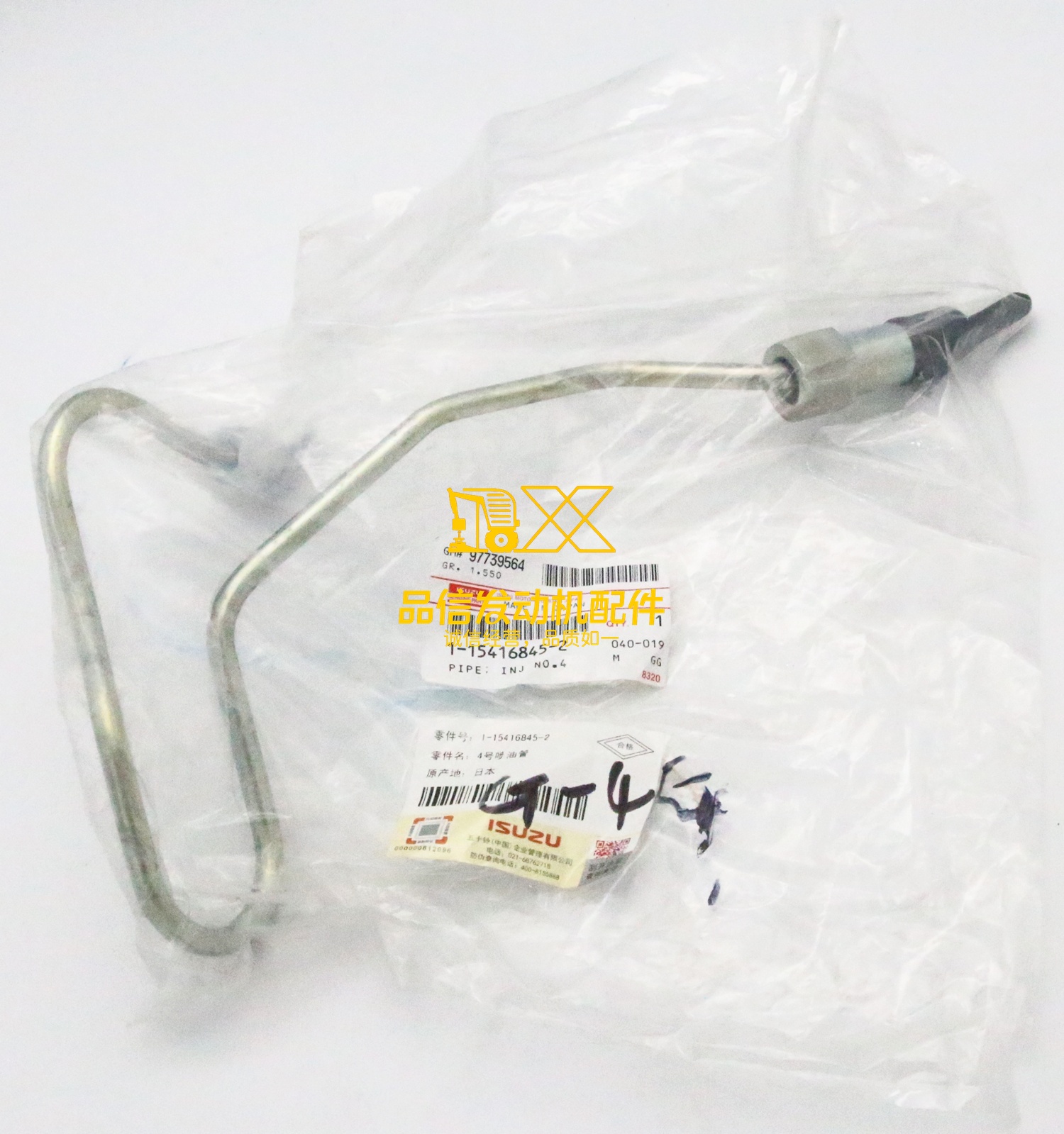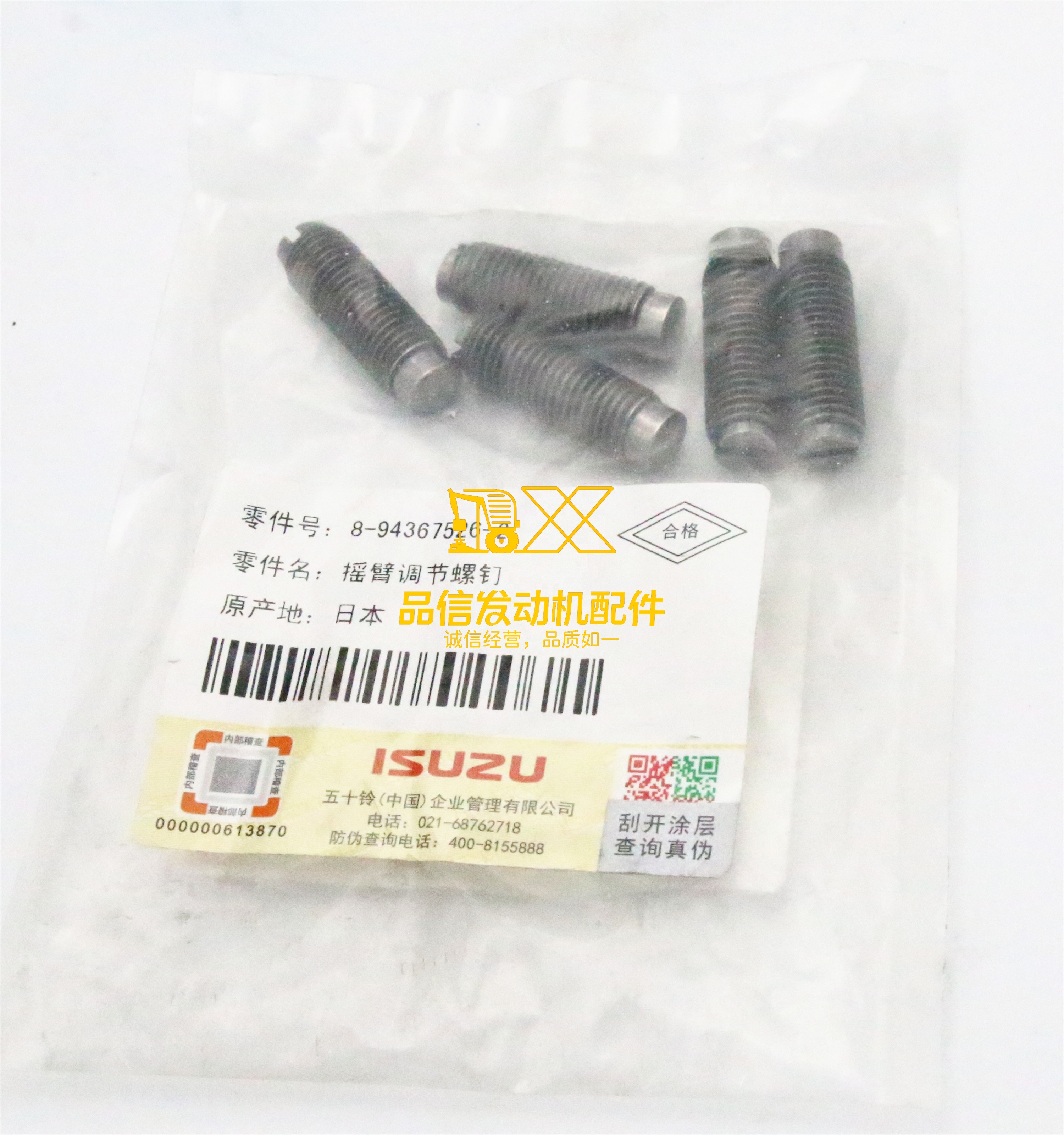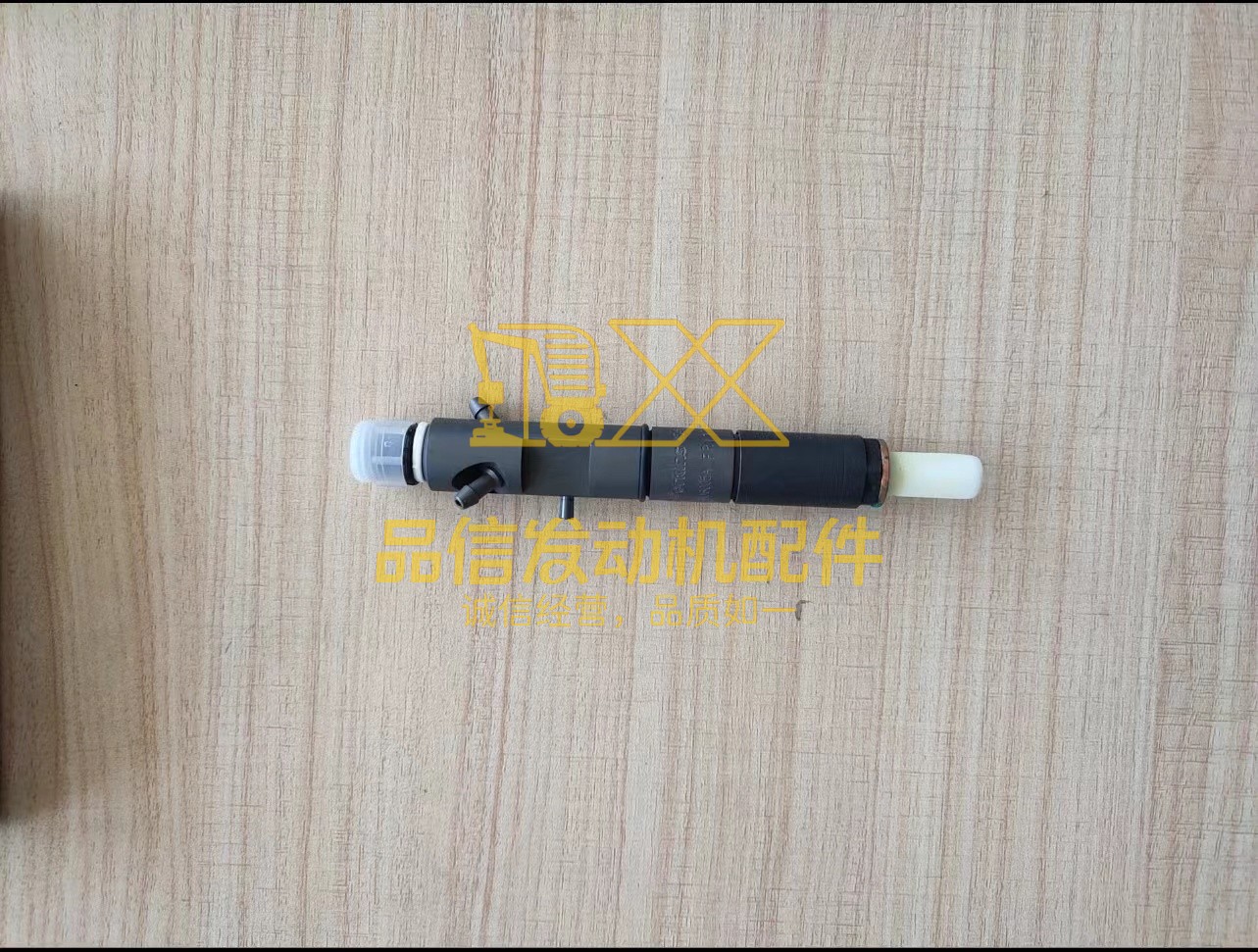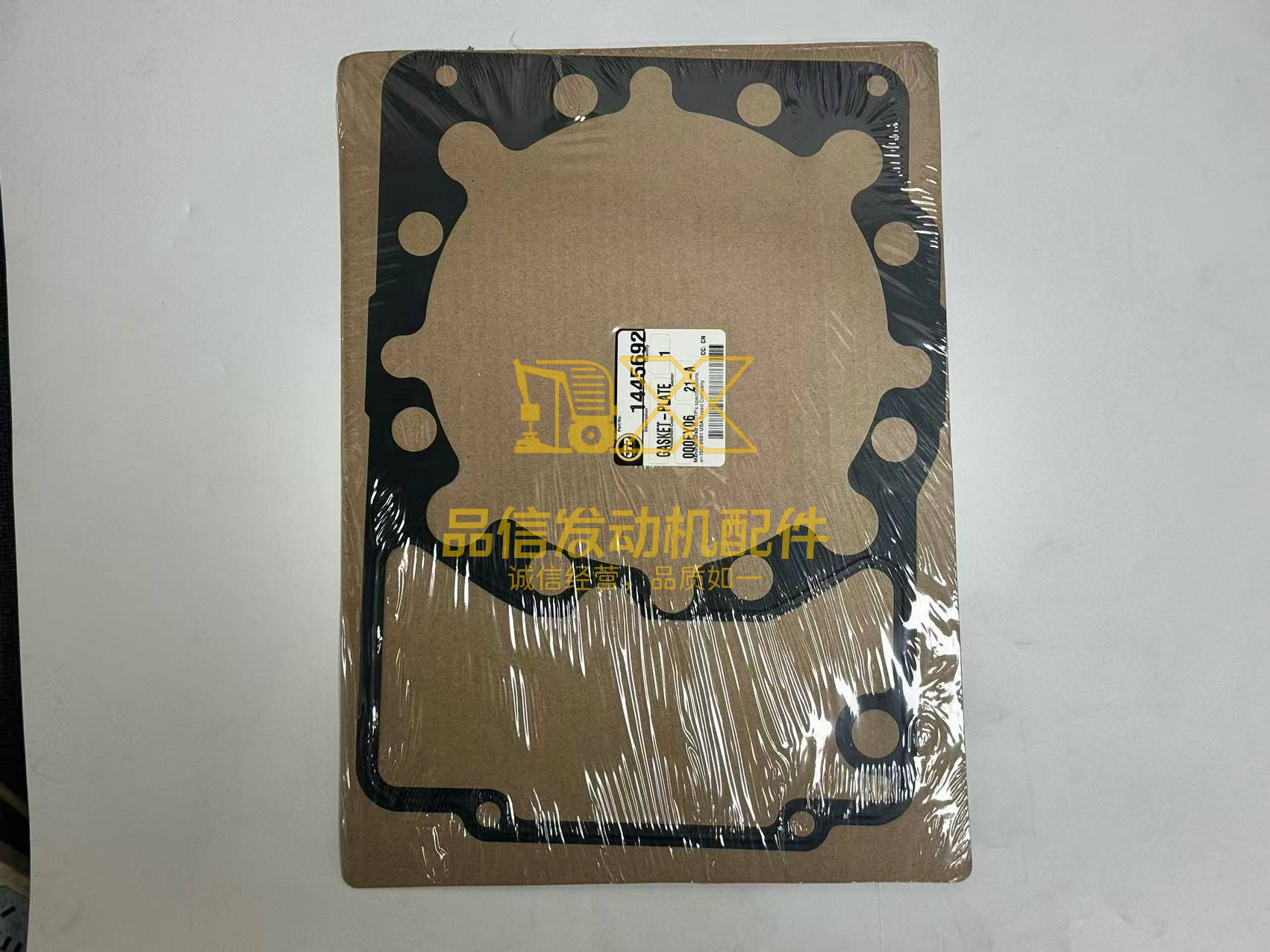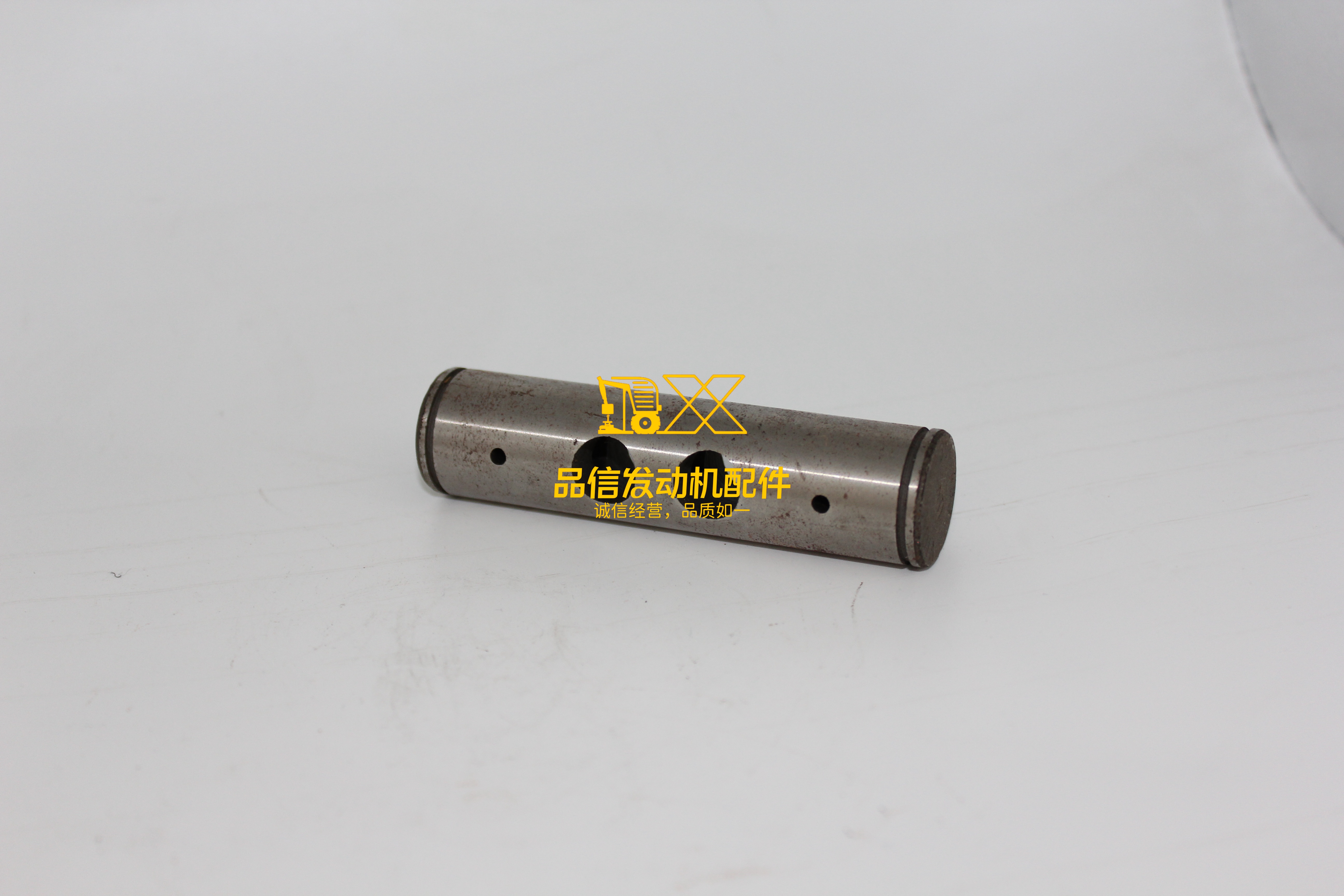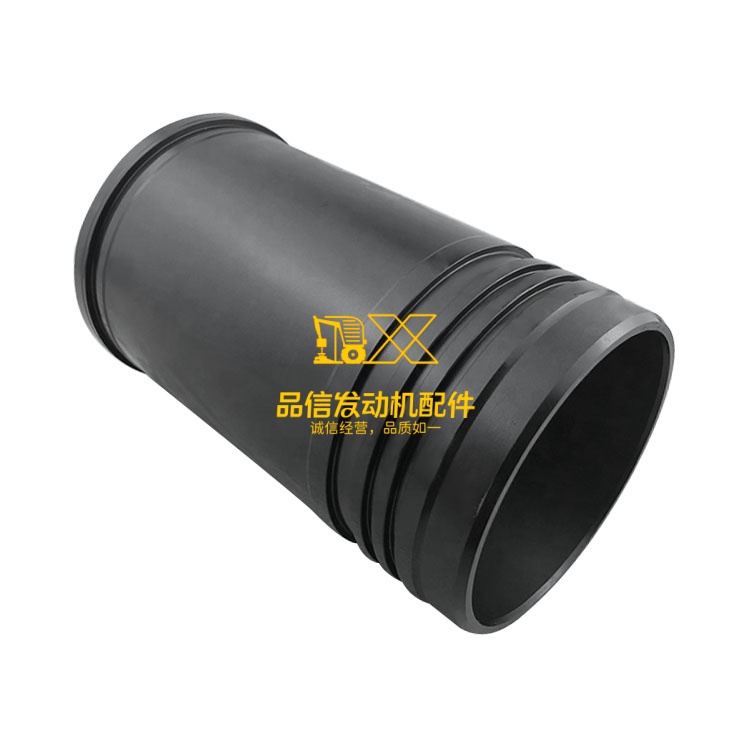P r e m i u m C y l i n d e r L i n e r f o r C u m m i n s N 1 4 , N T 8 5 5 , N T A 8 5 5 E n g i n e
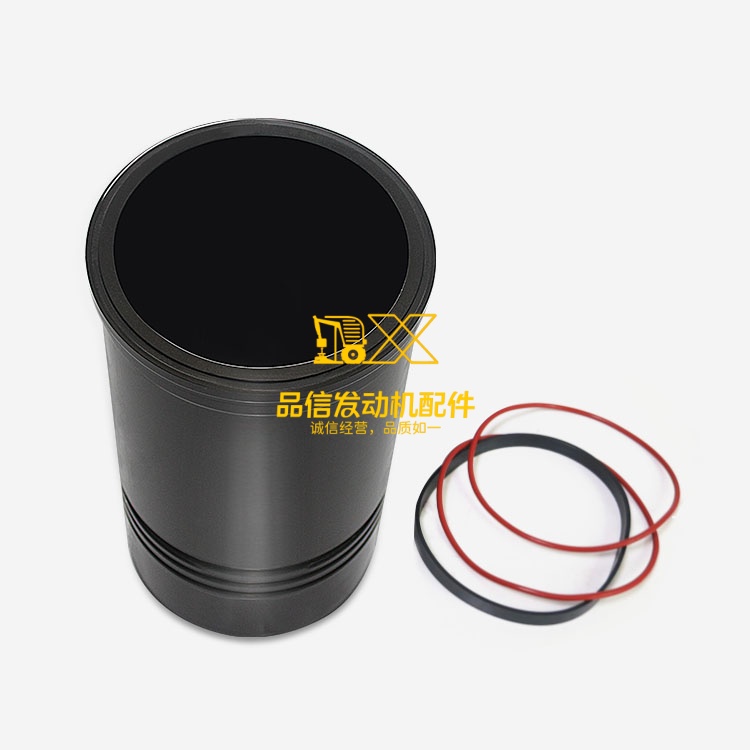
Product Overview
Upgrade and maintain the peak performance of your Cummins N14, NT855, or NTA855 engine with our high-quality cylinder liners. Engineered for durability and precision fit, these liners are crucial components for ensuring optimal combustion and extending the lifespan of your engine.
Our liners are manufactured to strict specifications, meeting or exceeding OEM standards, guaranteeing reliable operation in demanding conditions.
Applicable Part Numbers:
3801701
3801748
3055099
3042763
3801826
210130
204090
3050922
Product Specifications
Detailed specifications are crucial for selecting the right component. While exact dimensions may vary slightly between specific part numbers, these liners are designed for the Cummins N14, NT855, and NTA855 engines, adhering to their required bore and overall dimensions.
Material: High-strength cast iron alloy (typical for durability and wear resistance)
Surface Treatment: Precision honed finish for optimal ring seating and lubrication
Fit Type: Typically dry or wet liner design (depending on engine model variant)
Compatibility: Direct fit for Cummins N14, NT855, NTA855 engine series
Key Features: Excellent wear resistance, thermal stability, precise dimensional tolerance
Key Advantages & Selling Points
Enhanced Engine Life: Protects the cylinder block from wear, extending the overall engine life.
Superior Durability: Constructed from premium materials resistant to high temperatures and friction.
Optimized Performance: Precision honing ensures perfect piston ring seal for maximum compression and efficiency.
Reliable Fit: Manufactured to exact OEM specifications for a seamless and secure installation.
Cost-Effective Repair: Allows for cylinder bore repair without replacing the entire cylinder block.
Wide Compatibility: Fits a range of Cummins N14, NT855, and NTA855 engine models.
Applicable Equipment & Applications
These cylinder liners are specifically designed for the robust Cummins N14, NT855, and NTA855 engine platforms. These engines are workhorses found in a wide variety of heavy-duty applications:
Heavy-Duty Trucks: Long-haul trucks, vocational trucks (dump trucks, mixers, etc.).
Construction Equipment: Excavators, bulldozers, cranes, loaders.
Agricultural Machinery: High-horsepower tractors, combines.
Marine Applications: Propulsion and auxiliary power in boats and ships.
Power Generation: Diesel generator sets.
Industrial Applications: Pumping, drilling, and other heavy-duty industrial equipment.
Application Scenarios & Case Analysis
The Cummins N14, NT855, and NTA855 engines operate in environments demanding utmost reliability. Cylinder liners are vital in these scenarios:
Scenario 1: Long-Haul Trucking
A fleet of trucks equipped with N14 engines covers thousands of miles daily under varying loads and temperatures. Over time, the intense friction and heat cause wear on the cylinder bores. Replacing worn liners restores the cylinder's integrity, preventing compression loss and oil consumption, thereby maintaining fuel efficiency and power vital for timely deliveries.
Scenario 2: Heavy Construction Site
An excavator using an NT855 engine operates continuously, digging and moving heavy materials in dusty, challenging conditions. The engine experiences high stress cycles. Worn liners can lead to blow-by and reduced hydraulic power. Installing new liners ensures proper engine sealing, maximizing power output and operational efficiency crucial for meeting project deadlines.
Scenario 3: Marine Propulsion
A fishing vessel relies on its NTA855 engine for propulsion in corrosive saltwater environments and rough seas. Engine reliability is paramount for safety and livelihood. Cylinder wear can compromise performance far from shore. Replacing liners during scheduled maintenance or at the first sign of wear prevents catastrophic failure, ensuring the vessel can operate safely and effectively.
Related & Similar Products
To complement your engine maintenance and repair, consider these related components:
Piston Kits: Often replaced along with liners for a complete cylinder overhaul. Applicable for Cummins N14, NT855, NTA855 engines.
Piston Rings: Essential for sealing the combustion chamber; designed to match specific piston and liner dimensions. Applicable for Cummins N14, NT855, NTA855 engines.
Engine Bearings (Main, Connecting Rod, Camshaft): Critical for crankshaft and camshaft rotation; often inspected or replaced during major overhauls. Applicable for Cummins N14, NT855, NTA855 engines.
Gasket Sets (Upper & Lower): Necessary for sealing various engine components after disassembly and assembly. Applicable for Cummins N14, NT855, NTA855 engines.
Engine Valves, Guides, and Springs: Part of the cylinder head system, crucial for air intake and exhaust. Applicable for Cummins N14, NT855, NTA855 engines.
Common Installation Problems & Solutions
Proper installation is key to performance and longevity. Be aware of these common issues:
Problem: Incorrect Liner Protrusion/Height.
If the liner sits too high or too low relative to the block deck, it can lead to poor head gasket sealing, coolant leaks, or piston contact with the head.
Solution: Always measure liner protrusion precisely using a dial indicator at multiple points. Use appropriate shims (if required) to achieve the specified protrusion according to the Cummins service manual. Ensure the block deck is clean and flat.
Problem: Damaged O-rings or Seals (for wet liners).
Pinched, cut, or improperly lubricated O-rings can cause coolant or oil leaks outside the cylinder liner.
Solution: Use new, high-quality O-rings. Lubricate them with a suitable lubricant (often soap and water or specific rubber lubricant, *not* oil or grease unless specified) before installation. Carefully press the liner into place without twisting.
Problem: Block Bore Damage or Contamination.
Scratches, corrosion, or debris in the cylinder block bore can prevent the liner from seating correctly, leading to distortion or leaks.
Solution: Thoroughly clean the block bores before installation. Inspect for damage. Light corrosion can sometimes be cleaned; significant damage may require machining.
Problem: Installing the Wrong Type of Liner.
Using a dry liner where a wet liner is needed, or vice-versa, or using a liner with incorrect dimensions.
Solution: Verify the engine model and serial number to ensure the correct part number and liner type (dry or wet) are used. Always cross-reference part numbers.
Recommendation: Always refer to the official Cummins service manual for detailed, step-by-step installation procedures, torque specifications, and specific requirements for your engine model. Professional installation is highly recommended.






